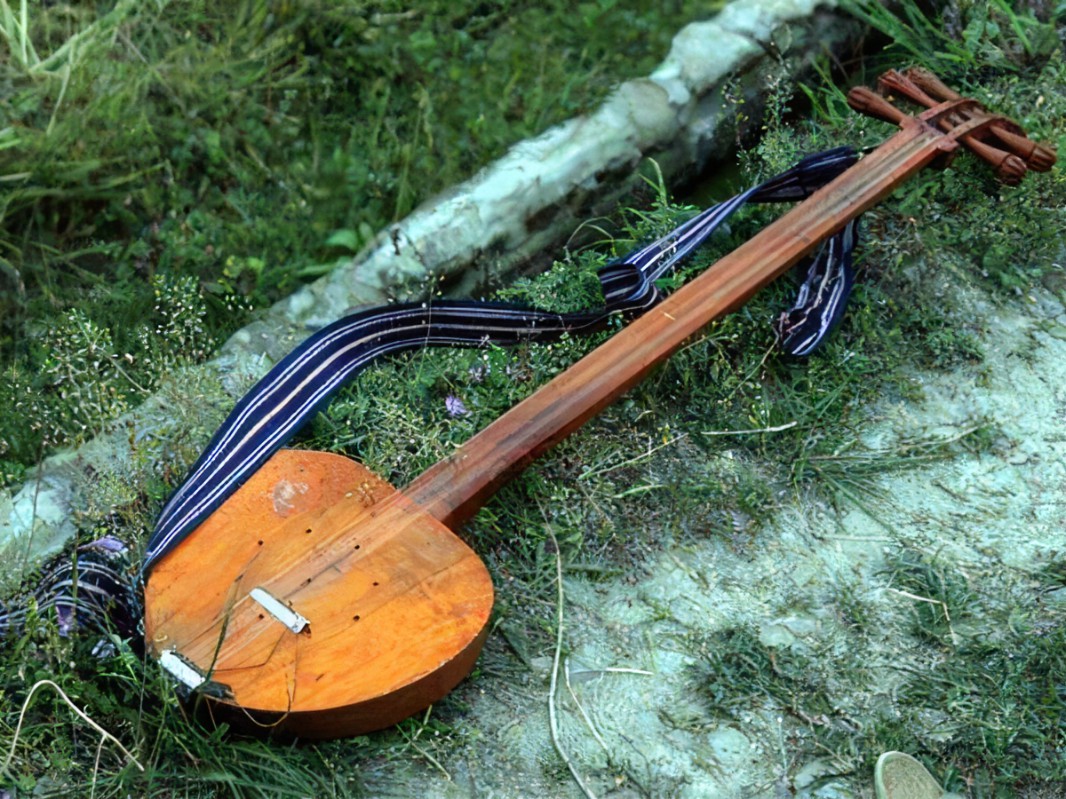Inherit the pipa songs of the Dong nationality and establish a reserve talent echelon
On August 4th, the Dong Pipa Song Training Course, hosted by the Culture, Tourism, Radio, Television and Sports Bureau of the Dong Nationality Autonomous County, and undertaken by the Channel Intangible Cultural Heritage Center and the Cultural Center, was held in the Channel Cultural Center. 50 Dong Pipa song enthusiasts from the Shuangjiang area participated in the training.
The training class invited the representative inheritors of the provincial and municipal intangible cultural heritage of the Dong nationality to serve as teachers. In the first lesson of the training, the Channel Intangible Cultural Heritage Protection Center explained the definition of intangible cultural heritage in detail. The representative inheritor, Yang Shengmei, combined with many years of experience, from The students benefited a lot from the multi-dimensional professional teaching of the Dong pipa singing and the techniques of playing and singing.
It is reported that the training lasts for 15 days, and the key members of the intangible cultural heritage who have the foundation and hobby of Dong pipa singing will participate in the training. Next, the channel will be divided into 5 sections throughout the county to carry out the inheritance and training of Dong Pipa songs, and establish a reserve talent echelon to help the revitalization of rural cultural talents.

The passage is rich in folk culture and is called "the hometown of song and the ocean of dance". It is understood that the pipa songs of the Dong nationality, called "Ga Pipa" and "Ga Jin" in the Dong language, are traditionally played and sung by a male singer, and there are also female singers who can play and sing the pipa. The rhythm of Pipa's lyrics is influenced by Chinese rhythmic poetry, and there are strict requirements on the level and rhythm of the lyrics. The singing content covers almost all aspects of Dong history, legends, stories, ancient rules and principles, production experience, marriage and love, customs, social interactions, etc. In June 2006, it was included in the list of the first batch of representative projects of intangible cultural heritage in Hunan Province.
 渝公网安备 50010702504639号
渝公网安备 50010702504639号